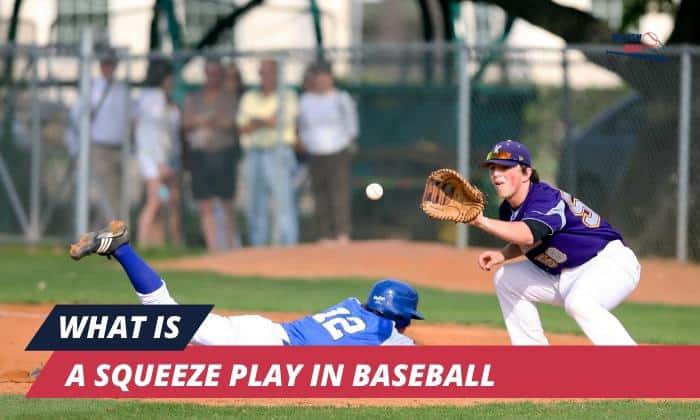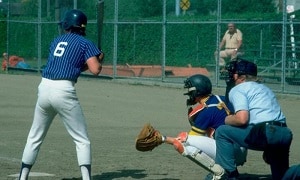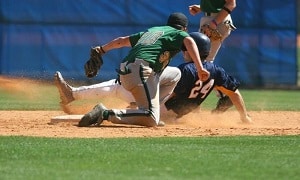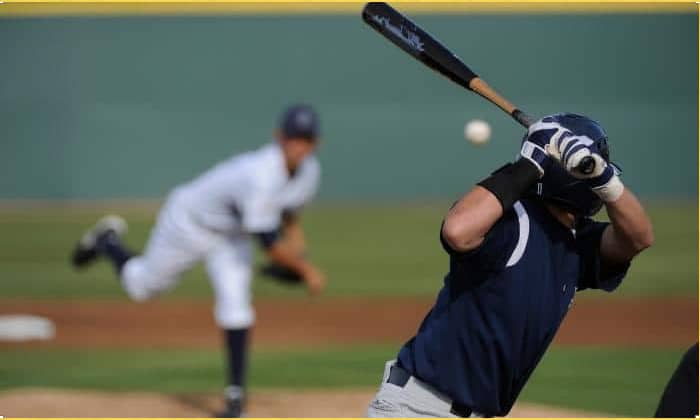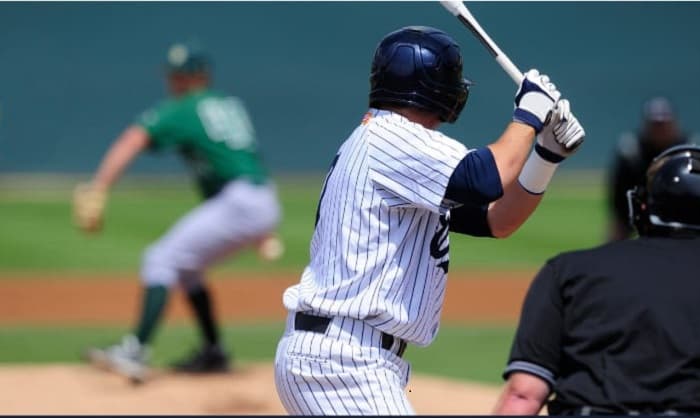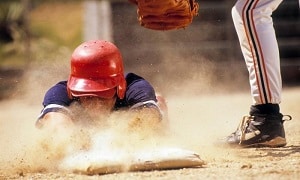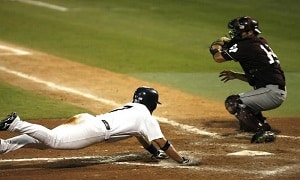Picture this: a tense, close game, with the match’s fate resting on a single run. The squeeze play is a daring move that keeps baseball fans on the edge of their seats. This risky play will dictate if the offensive team will win or will go home.
To answer your question, “What is a squeeze play in baseball?” It is a strategic offensive tactic aimed at scoring a run from third base by bunting the ball.
That being said, let’s learn more about how and when to execute this play!
Contents
Purpose of Executing a Squeeze Play
To execute a squeeze play is risky, but it can reward you highly. It can significantly impact the game’s outcome by potentially resulting in a run. Still, it also comes with the risk of an out.
Here are some reasons why a squeeze play is vital:
1. Score a game-winning run
The main goal is to advance a base runner from third base and score a run, potentially altering the game’s outcome. By pressuring the defense and creating scoring opportunities, the squeeze play gives the offense a strategic edge.
2. Exploit favorable situations
Coaches look for weaknesses in the defense or pitcher’s performance to increase the chances of success. The unexpected nature of the squeeze play catches the defense off guard, increasing the likelihood of scoring.
3. Take calculated risks
Coaches weigh potential rewards against risks, showing strategic thinking and a willingness to make bold moves. Adding the squeeze play adds an element of unpredictability, making it harder for the defense to anticipate offensive moves.
Types of Squeeze Plays
This section will talk about the safety squeeze vs squeeze bunt or suicide squeeze. Each has its advantages and disadvantages. Despite the term “safety,” both strategies still involve certain risks and require careful execution.
1. Safety Squeeze
In a safety squeeze bunt, the baserunner stationed at third base holds their position until the batter successfully makes contact with the bunted ball.
This allows the baserunner to assess the bunt’s quality and ensures that the ball is placed in a challenging spot for the defense to make a play at home plate.
2. Suicide Squeeze
On the other hand, the baserunner starts running toward home plate as soon as the pitcher begins the throwing motion, even before the ball is released is the suicide squeeze definition.
If executed effectively, the chances of a play at home plate are incredibly slim. However, if the batter fails to make contact, the baserunner is at high risk of being tagged out.
However, if the batter fails to make contact with the pitch, the runner is likely to be put out at home plate. Therefore, suicide squeeze baseball usually requires a skilled bunter who can make contact consistently, even on difficult pitches.
Rules of Squeeze Play
In baseball, there are no specific rules that make the squeeze play illegal. However, certain circumstances can affect the legality or outcome of a squeeze play.
- If the base runner breaks for home plate before the pitcher releases the ball in a squeeze play, it is considered an illegal play known as a premature start or early break.
- Additionally, if the batter interferes with the catcher’s ability to make a play on the bunted ball or obstructs the catcher’s throw to home plate, it can result in an interference call and nullify the play.
- If the batter attempts to bunt the ball in a squeeze play and fouls it off after already having two strikes, it results in a strikeout, and the baserunner must return to third base.
- Batting out of order, where a batter attempts a squeeze play while batting out of turn, leading to confusion and potential penalties.
It is important to be familiar with the specific league or competition rules to ensure the correct execution and legality of a squeeze play.
Squeeze Play Strategies
Coaches consider employing a squeeze play when:
- They have a skilled bunter capable of executing successful bunts and a speedy base runner who can swiftly reach home plate.
- Additionally, if the defense displays vulnerabilities in handling bunts or has a defensive alignment that leaves open areas, a squeeze play can exploit those weaknesses.
Coaches carefully assess these factors, aiming to capitalize on critical scoring opportunities and secure crucial runs when the game hangs in the balance.
The strategic implementation of a well-executed squeeze play can be a game-changer, turning the tides in favor of the offensive team.
Factors Influencing the Success Rate of a Squeeze Play
There are various factors that influence the success rate of a baseball squeeze play. Provided are the common reasons:
1. Well-placed bunt
The success of a squeeze play hinges on the batter’s ability to lay down a bunt in a strategic location. A well-placed bunt makes it challenging for the defense to field the ball and make a play.
2. Timely baserunner break
The base runner must time their break for home plate effectively. A well-timed break catches the defense off guard, making it difficult for them to react quickly and execute a play.
3. Coordination and communication
Successful execution of a squeeze play requires precise coordination and communication between the batter and the baserunner. Clear signals and understanding ensure that both players are on the same page.
Squeeze Play vs. Traditional Offensive Strategies
While squeeze plays can be effective in certain situations, traditional offensive strategies are more common in modern baseball games. Such plays are:
- setting the batting order
- using designated hitters
- hit and run
- sacrifice fly
- stealing bases
Baseball strategy squeeze play requires perfect execution and has a low success rate, making them a risky tactic. Pitchers can defend against squeeze plays by throwing a high pitch that is difficult to bunt or by pitching a curveball.
Conclusion
Now that you know the answer to your question, “What is a squeeze play in baseball?”, you’ll be able to appreciate how hard it is to execute this move, especially in a high-stakes game.
Understanding and utilizing the squeeze play effectively can be pivotal in crucial moments, as it adds pressure to the opposing team, demands quick reactions, and has the potential to shift the game’s outcome by scoring a decisive run.
It is a strategic weapon that, when executed masterfully, can tip the scales in favor of the team employing this bold play.

A powerful swing and the ball is flying across the field, just one hit, and we might never forget the thrill it brings. I do not know about you, but I never do. Every baseball game is the chance to compete with others and cooperate with your teammate. It is among my biggest passions.



